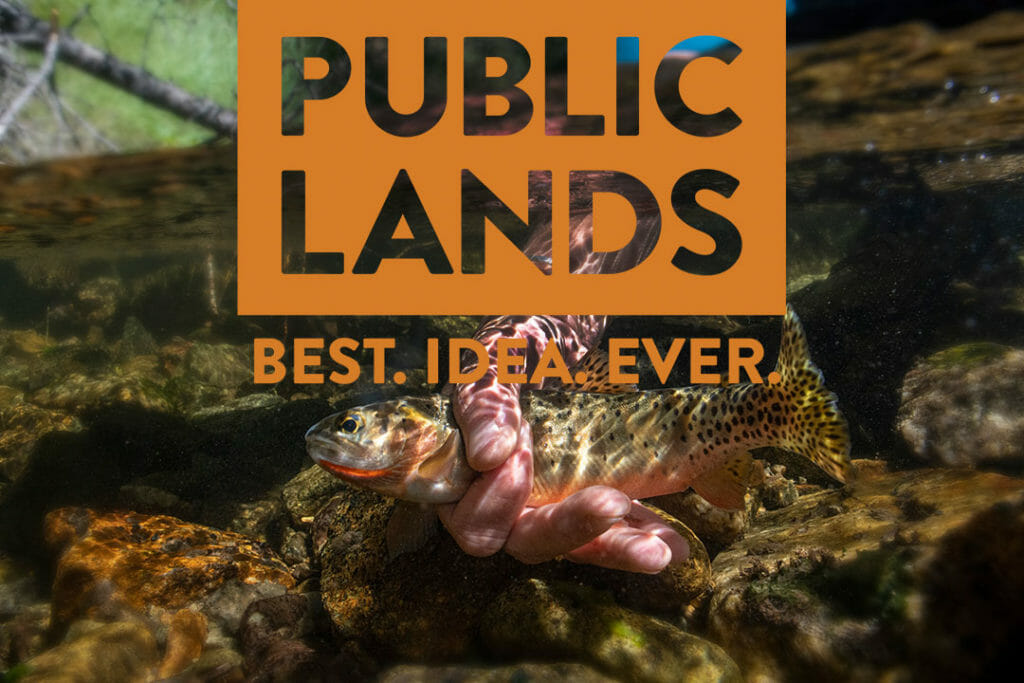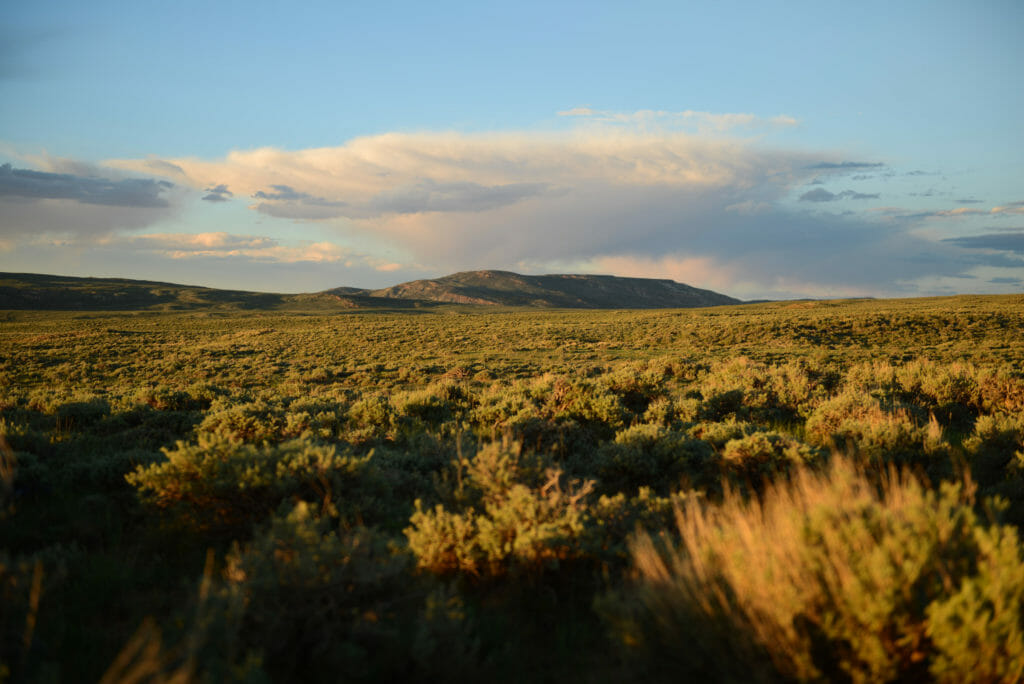
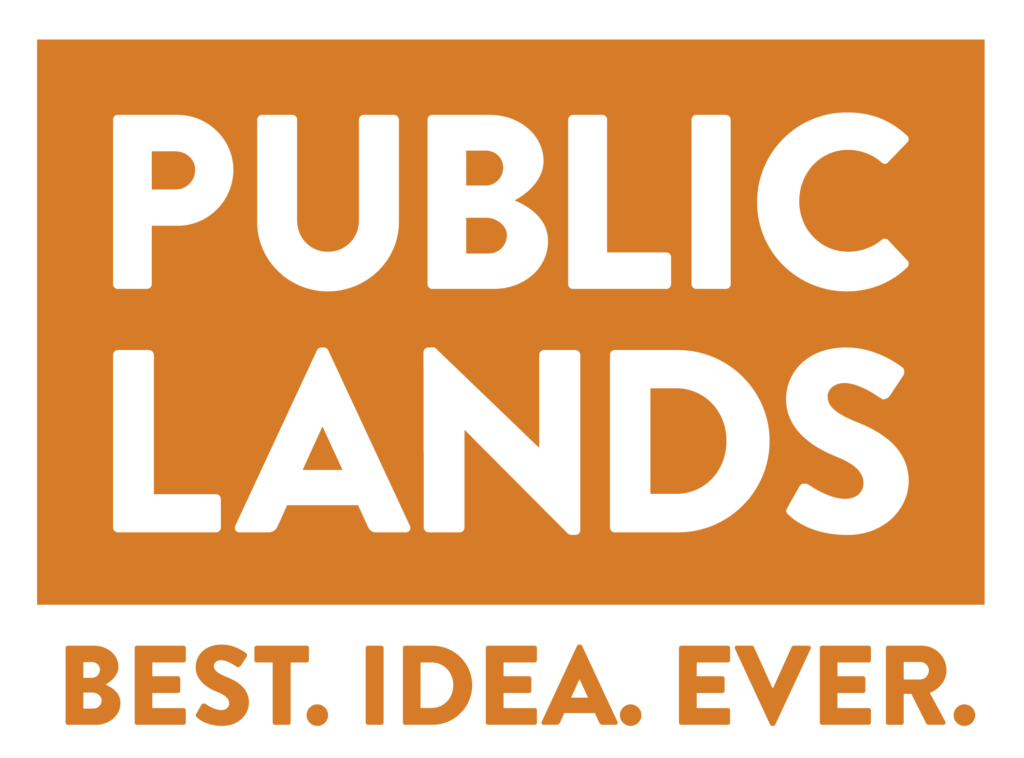
The Bureau of Land Management, or BLM, manages more public land – 245 million acres – than any other land management agency, the vast majority of which is located in 12 western states and Alaska. And that’s just the surface lands; the agency manages an additional 700 million acres of subsurface minerals like oil and gas that underlie not only public lands managed by other agencies, but also 58 million acres that are located under private lands. Along with the Park Service and Fish and Wildlife Service, the BLM is one of the land management agencies housed within the Department of the Interior.
Guided by a multiple use mandate, the BLM manages everything from the 315,000 acres Black Rock Desert Wilderness in Nevada (the largest wilderness area managed by the BLM), to the site of the famous Burning Man gathering (located just a few miles from the aforementioned wilderness), to 12.8 million acres that produce oil and gas, to wild horses and burros, to 12 million acres of National Conservation Areas and National Monuments, to small parcels like the Windy Point boat launch that provide angler access to the famed Madison River.
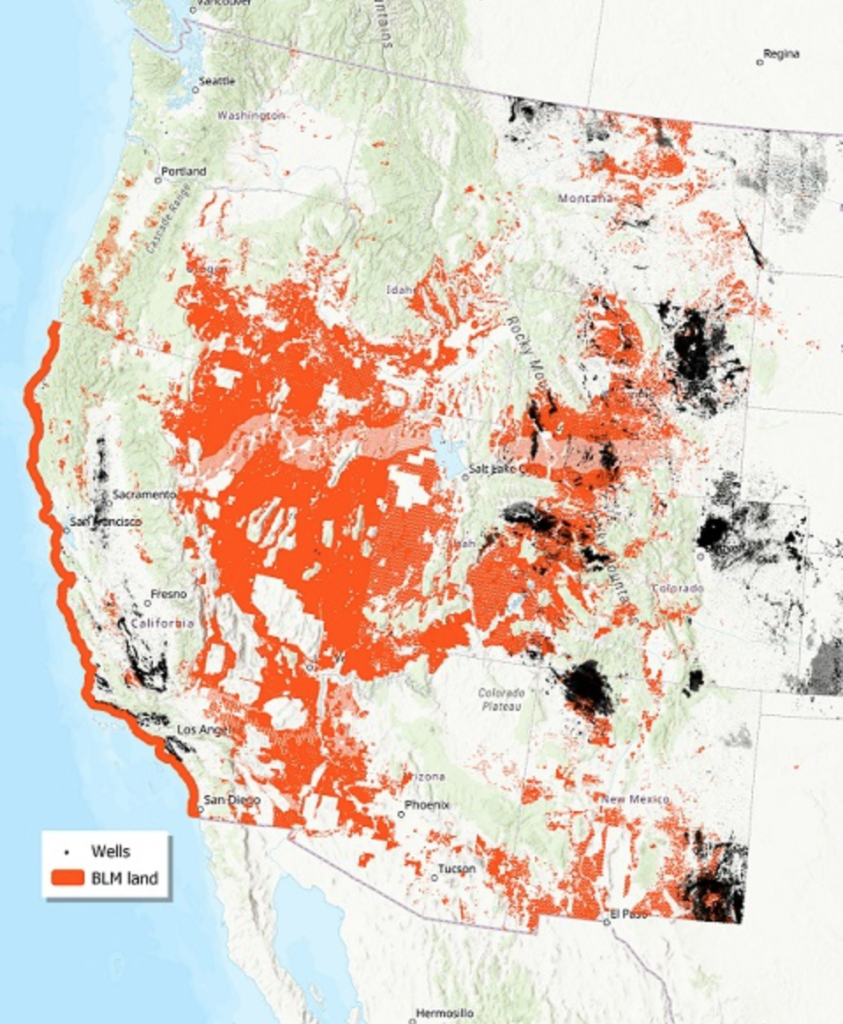
This great diversity of uses and management objectives for BLM-managed lands highlight the numerous values of these lands to the American public, as well as the often competing uses that spur no shortage of controversy for an agency who can track its roots back to the early days of the nation.
Purpose and Mission
The mission of the BLM is to “sustain the health, diversity, and productivity of the public lands for the use and enjoyment of present and future generations”. In pursuit of this mission, the BLM manages variety of purposes, including recreation, conservation, natural resource extraction, commercial enterprise and fish and wildlife habitat. The balance of these uses is determined in resource management plans, which decide the management of BLM lands across dozens of field offices.
History
The roots of the BLM can be traced back further than any other land management agency to the early days of the nation. During the first half of the 19th Century, our young country acquired vast amounts of land. Driven by Manifest Destiny, these acquisitions included the Louisiana Purchase, but also many smaller acquisitions, such as the Oregon Compromise, Mexican Cession and the Gadsden Purchase.
Administering this rapidly expanding public domain fell on a new agency created in 1812, the General Land Office, the precursor to the BLM. Early on, managing public lands was largely synonymous with disposing of lands, including through sale, railroad land grant, homesteading and mining claims as the country sought to encourage western settlement. Then in the early 20th Century, the idea of that some public domain lands should be reserved from disposal and withheld in the public trust for the public good – including conservation – began to take hold.
At the same time, it was recognized uncontrolled use needed to be checked and that the orderly development of minerals, timber harvest and sustainable grazing practices was necessary, leading to the passage of the Mineral Leasing Act of 1920, the Taylor Grazing Act of 1934, and the Oregon and California Revested Lands Sustained Yield Management Act of 1937. These acts marked a shift away from the privatization of public domain lands to the management of lands for sustained value and use benefiting industry, the public, and the land itself.
Spurred by Congressional fights over grazing fees, the U.S. Grazing Service, an agency within the Department of the Interior, was merged with the General Land Office 1946, thereby giving birth to the Bureau of Land Management. Over the next three decades the new agency would evolve, moving steadily toward a multiple use management philosophy. However, it was not until Congress passed the Federal Lands Management Policy Act of 1976 (FLMPA) that the BLM’s multiple use mission would be defined in law. Importantly, FLPMA would also codify that “it is the policy of the United States that…the public lands be retained in Federal ownership”, bringing the agency full circle to keep public lands in public hands for all Americans.
Hunting and Fishing Opportunities
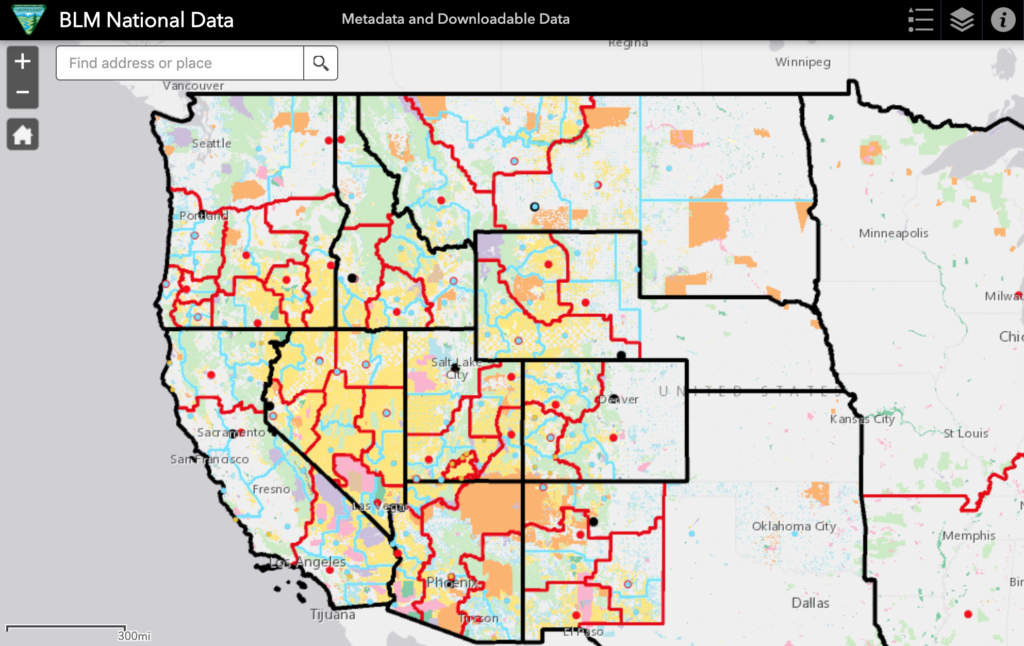
Nearly all lands managed by the BLM are open for hunting and fishing, with limited closures for specific purposes, such as public safety. Indeed, a multitude of hunting and fishing opportunities await sportsmen and women on BLM lands. For instance, a recent study found that hunters and anglers made nearly 6 million trips in 2016 on western BLM-managed lands. Of course, you must follow state fish and game regulations, but these lands are your lands open for all Americans to explore and enjoy. You can use this handy BLM mapper to find public lands near you.
